News Beat
News Beat reporting is an idrw.org initiative to let our Readers to report News Based on Actual facts but some how has not been reported in Main Stream Media .
SOURCE: RAUNAK KUNDE / NEWS BEAT / IDRW.ORG
BrahMos Aerospace, the company that is developing BrahMos-Ng (Next Generation), a Mach 3.5 capable supersonic cruise missile for the Indian Armed Forces, is now aiming to reduce the missile’s weight even further. Currently weighing 1.5 tons, the company is looking to bring the weight down to just 1.3 tons, making it compatible with any launch fighter jet in the Indian Air Force (IAF) fleet.
According to Financial Express Online, design work on the NG is ongoing and a design assessment will be carried out in Moscow soon. Following this, qualifying trials of the new version of the BrahMos Missile will be conducted by 2024.
Continue readingSOURCE: RAUNAK KUNDE / NEWS BEAT / IDRW.ORG
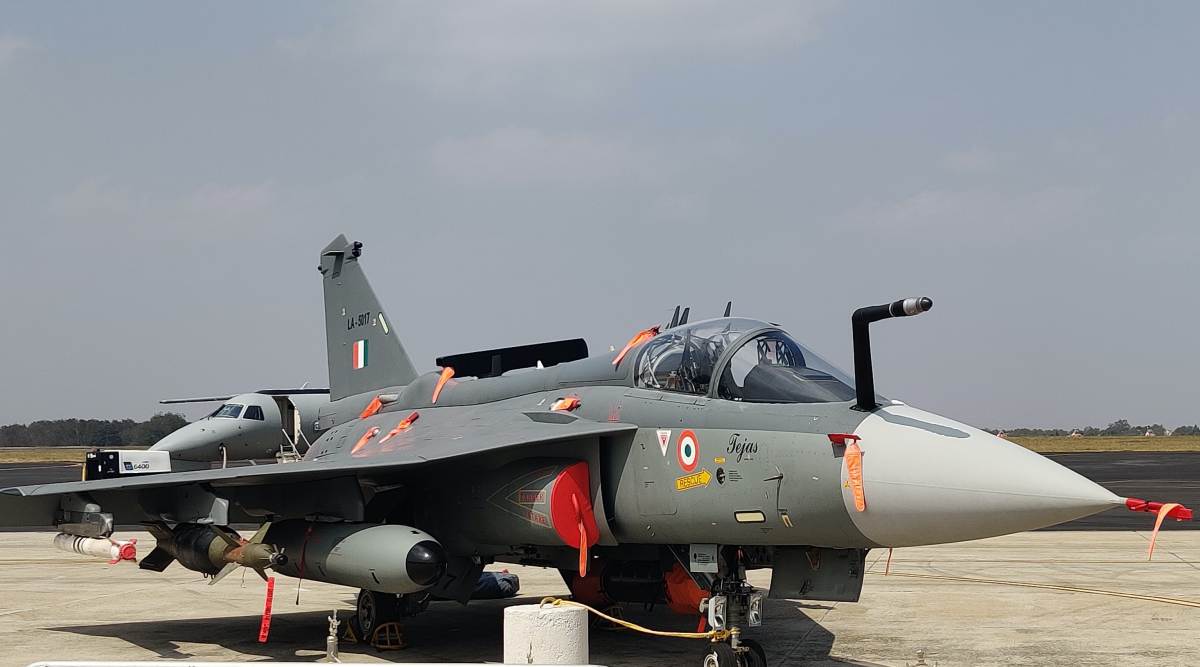
A recent report by “The Tribune” revealed that officials from the Indian Air Force (IAF), Hindustan Aeronautics Limited (HAL), and the Ministry of Defence (MOD) discussed the delivery schedule of the Tejas Mk1A program during a review meeting last month. The IAF officials reportedly instructed HAL to adhere to the contractual obligation of delivering a minimum of 16 Tejas Mk1A aircraft per year, as per the agreement signed in 2021 for the procurement of 73 Tejas Mk1A fighter jets.
According to a recent report by the Economic Times, while the delivery of the first three Mk1A versions of the aircraft is scheduled for March 2024, delays can be expected as several obstacles still need to be overcome, including certification in full combat configuration.
Continue readingSOURCE: RAUNAK KUNDE / NEWS BEAT / IDRW.ORG
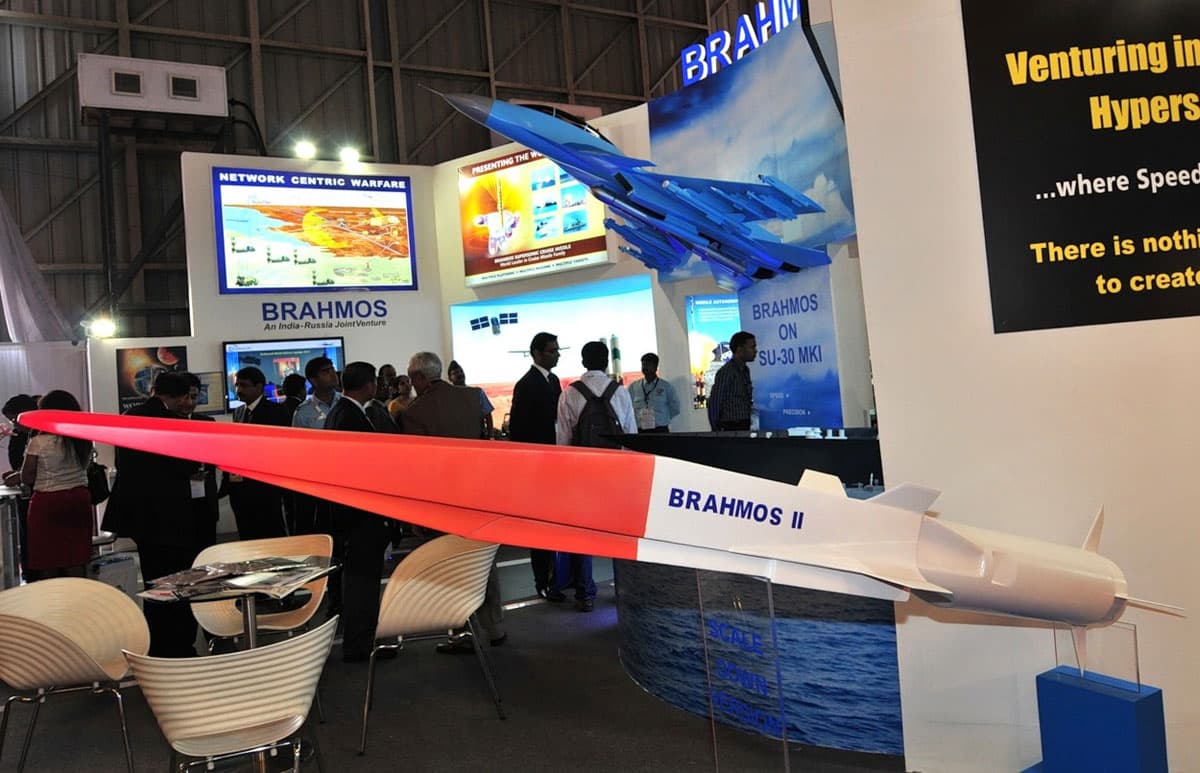
According to reports, BrahMos Aerospace (BAPL) has proposed a joint development program for the BrahMos 2K Hypersonic cruise missile, which will be based on the Russian 3M22 Zircon hypersonic cruise missile. However, the proposed program is waiting for official clearance from the Indian Ministry of Defence to proceed. Atul Dinkar Rane, CEO and MD, BrahMos Aerospace confirmed that the cost of the BrahMos 2K missile is expected to be twice that of the current BrahMos cruise missile.
Financial Express Online recently reported that Rane stated that the development of the BrahMos 2K Hypersonic will take time due to its high cost, and as a result, the Indian Armed Forces may not place many orders for the missile.
Continue readingSOURCE: RAUNAK KUNDE / NEWS BEAT / IDRW.ORG

The Indian sea-based deterrent force is prioritizing the development of its ballistic missile submarines (SSBN) to reinforce its nuclear triad. With two Arihant-class submarines already operational and two stretched S4 and S4* (Star) submarines nearing completion, the focus has now shifted to the larger S5-class submarines that are currently in the advanced stages of development. The goal is to strengthen India’s nuclear capabilities and maintain a robust sea-based deterrent force.
India’s top priority remains the S5 program, which aims to develop a 13,000-ton displacement SSBN. While construction on the stretched S4 and S4* submarines nears completion, funding and efforts are being directed towards the ongoing S5 program so that the first submarine is introduced by 2031-32.
Continue readingSOURCE: RAUNAK KUNDE / NEWS BEAT / IDRW.ORG
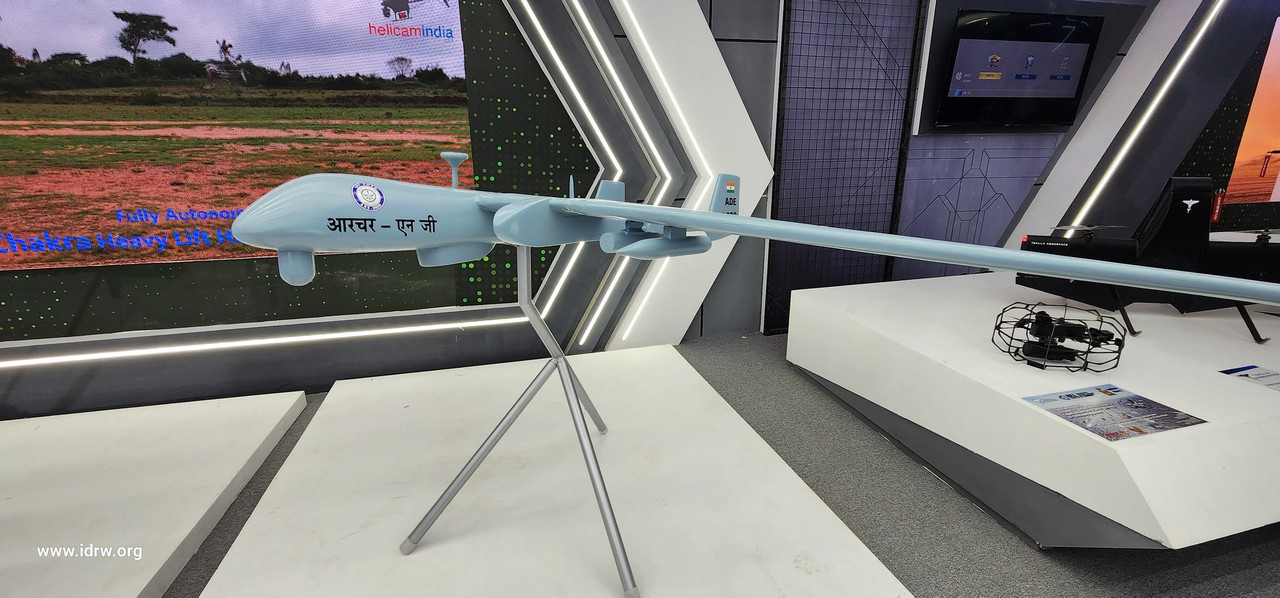
Later this year, the Aeronautical Development Establishment (ADE) plans to introduce the Archer-NG MALE UAV, which will include a Single Engine Twin Boom (SETB). The Indian Navy is also contemplating collaborating on the program to build a Maritime variant of the UAV that can be utilized for reconnaissance, surveillance, intelligence gathering, and targeted strikes abroad.
The Navy sees the Archer-NG as a significant enhancement to its capabilities, as the maritime variant will enable the deployment of slow-moving reconnaissance and missile-equipped drones.
Continue readingSOURCE: RAUNAK KUNDE / NEWS BEAT / IDRW.ORG

India has issued Notices to Airmen (NOTAM) for a launch of a missile around the Andaman & Nicobar Islands, in the Bay Of Bengal for the period from 09-11, 16-17 & 18 May 2023 as per information provided by Twitter user Damien Symon@detresfa_.
The designated area for the NOTAM is by the Indian Air Force which indicates it might be a test of an Air launched BrahMos Cruise missiles.
Continue readingSOURCE: RAUNAK KUNDE / NEWS BEAT / IDRW.ORG

Godrej Aerospace has started manufacturing 8 modules of the 48 kN Dry Kaveri Engine for the GTRE (Gas Turbine Research Establishment) that plans to complete last mile trials for the certification of the engine before it is cleared for production. idrw has been told that the Dry Kaveri engine program officially has entered Phase II with Purpose build engines that will be used for finetuning engine performance.
Two engines that were used to test the Dry Kaveri engine were from the older lot that was developed as a prototype for the Kaveri engine program and after various modifications it was used as a testbed engine for the program.
Continue readingSOURCE: RAUNAK KUNDE / NEWS BEAT / IDRW.ORG
BrahMos Aerospace is currently working on the development of the Next-Generation BrahMos, which will be smaller and lighter but still capable of delivering the same powerful punch with a range of 300km at a speed of Mach 3.5 that can overwhelm any air defence system. Along with plans to develop a hypersonic BrahMos missile that can reach speeds of Mach 6-7 in collaboration with Russia, the company is also focused on improving the performance of the BrahMos to maintain its competitive edge.
Since its first test in 2001 and subsequent production in 2004, BrahMos has undergone several improvements in range and capabilities. However, the speed of the supersonic cruise missile has remained around Mach 2.9 to this day. That is about to change.
Continue readingSOURCE: RAUNAK KUNDE / NEWS BEAT / IDRW.ORG

As reported by idrw last year, the Defense Research and Development Organisation (DRDO) started manufacturing India’s first defence satellite launch vehicle, dubbed Veda or Vehicle for Defence Application. Recently released tender documents suggest that the development trials for the system may commence soon, indicating that the satellite launcher vehicle is nearing completion.
The Veda vehicle is intended for launching defence satellites into a lower orbit. It is constructed using the K-4 SLBM first and second stages, which are currently in production and is expected to be operational in the coming months.
Continue readingSOURCE: RAUNAK KUNDE / NEWS BEAT / IDRW.ORG.
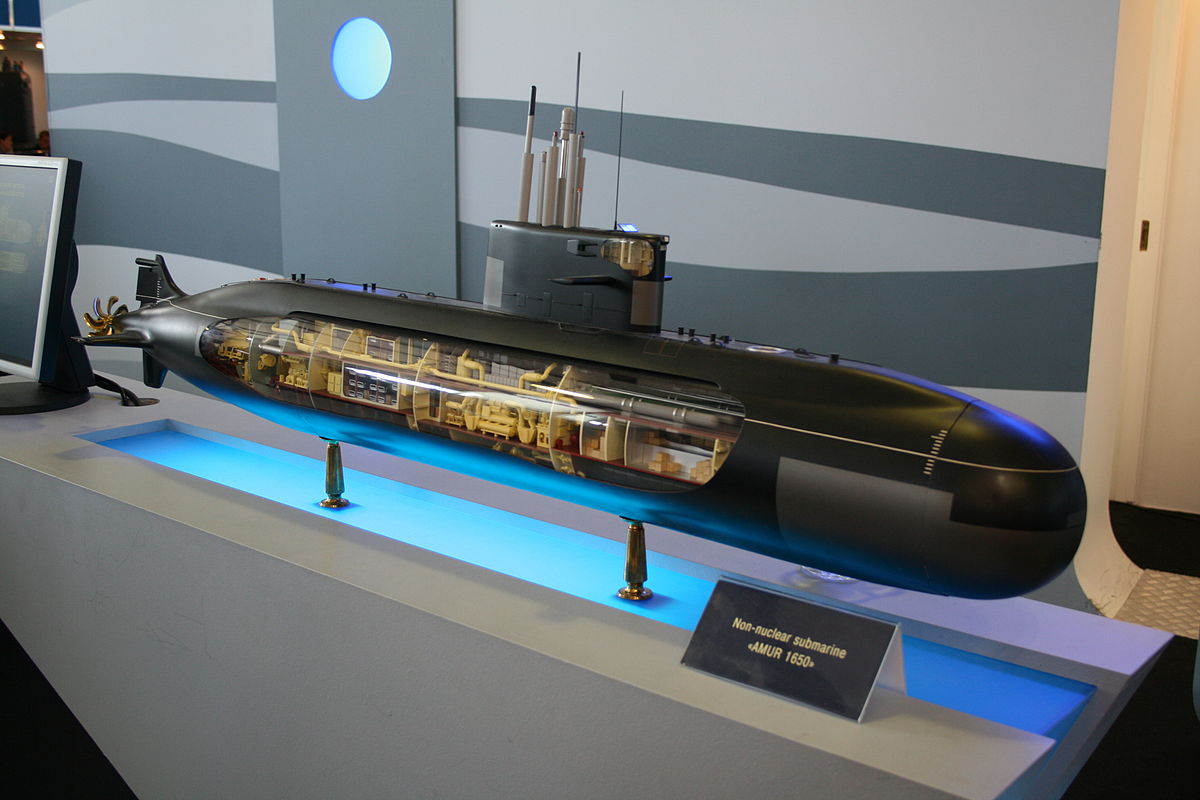
Russia on the sidelines of Aero India 2023 had made an offer Jointly develop India’s specific Amur-1650, a Conventional-Diesel submarine under India’s ambitious Project-75I (India) for local manufacturing of the six next-generation submarines in the country has followed up with an offer to integrate it with submarine-launched long-range Kalibr land attack cruise missile (LACM) right before German were to send detail proposal on their offer to India.
According to sources familiar with the matter told idrw that, Russia has offered to jointly develop a 3000-ton displacement submarine with a Vertical Launch System (VLS), along with Indian-made communication systems and combat management systems (CMS), which includes the DRDO-developed Fuel Cell Air Independent Propulsion (AIP) system.
Continue readingSOURCE: RAUNAK KUNDE / NEWS BEAT / IDRW.ORG.

During an interview with ABP News, Admiral R. Hari Kumar confirmed that the Indian Navy is proposing the procurement of a second Vikrant-class aircraft carrier of the same displacement as the first one, which is 45,000 tons. The purpose of this proposal is to capitalize on the trained workforce that was created during the manufacturing of the first aircraft carrier, while also having long-term plans for a larger aircraft carrier in the future.
According to Admiral R. Hari Kumar, the second Vikrant-class aircraft carrier will undergo design changes to accommodate next-generation platforms such as unmanned combat aerial vehicles (UCAV) and unmanned aerial vehicles (UAV) on its flight deck for maritime operations. The Indian Navy is currently considering the procurement of deck-based unmanned strike combat vehicles based on the Ghataak platform, as well as HALE class UAVs that can operate from aircraft carriers.
Continue readingSOURCE: RAUNAK KUNDE / NEWS BEAT / IDRW.ORG.

Expressions of Interest (EoI) are being sought by the Ministry of Defence, Government of India, for the procurement of VK-2500-03 Aero Engines of Mi-17 V5 helicopter from reputable Indian firms with the necessary technical and financial capacity, infrastructure, and experience to carry out the project. The project requires the development of facilities, airworthiness certification/OEM Certification, and timely delivery.
Only indigenous firms based in India that have JV with OEMs or experience in designing, developing, repairing, overhauling, and certifying electronic, electro-mechanical, mechanical, electrical, aero engine, or avionics used in aircraft are eligible if their proposals are shortlisted by the proposal review committee.
Continue readingSOURCE: RAUNAK KUNDE / NEWS BEAT / IDRW.ORG.

At the beginning of this year, Safran Helicopter Engines and Hindustan Aeronautics Limited (HAL) collaborated to sign a workshare agreement for jointly developing the engine that will power the upcoming 13-ton Indian Multi-Role Helicopter (IMRH) and its naval version, the Deck Based Multi-Role Helicopter (DBMRH).
Safran and HAL have announced that they will persist in their partnership to develop the joint venture in the following months. The project aims to create an engine not only for the IMRH, but also for other types of helicopters.
Continue readingSOURCE: RAUNAK KUNDE / NEWS BEAT / IDRW.ORG.
The DRDO has recently released a tender for the casting of propellants and supply of casted dual pulse rocket motors for the ASTRA Mk2 missile. The tender specifies a requirement for 15 units to be delivered within the next 7-8 months. This development is a clear indication that the missile has reached a level of maturity, which could lead to fully integrated trials of the missile system later this year.
Last year, the Indian Air Force released a video demonstrating the weapon-release phase of the Astra Mk2 missile system, in which the missile was dropped from the ejector system. The Sukhoi-su-30MKI aircraft has been modified to serve as a testbed for the missile system’s trials, and the successful separation of the missile system from the aircraft indicates progress towards fully integrated testing of the Astra Mk2 missile system.
Continue readingSOURCE: RAUNAK KUNDE / NEWS BEAT / IDRW.ORG.
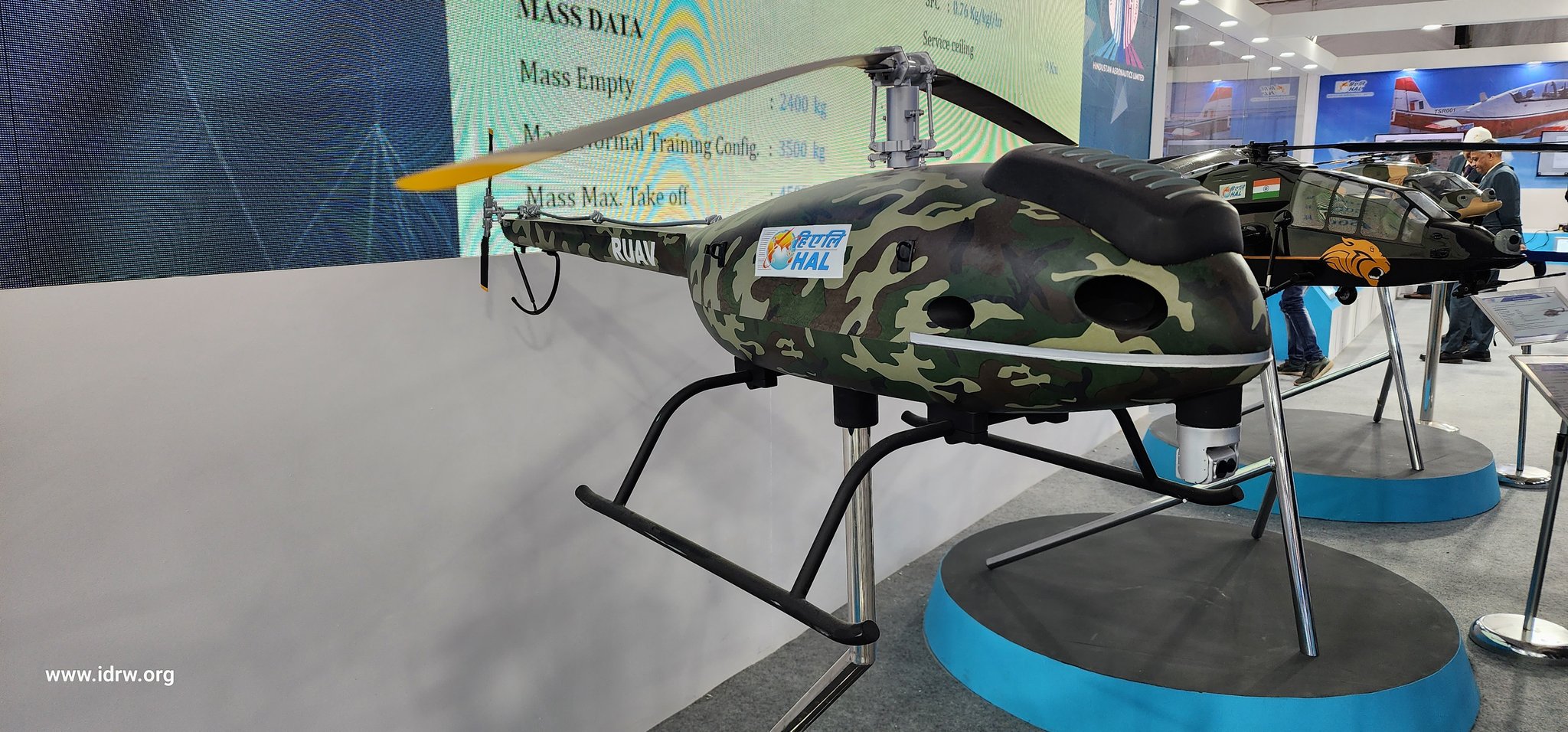
HAL is reportedly exploring the possibility of creating an armed variant of its RUAV-200 drone. The RUAV-200 is a medium-altitude long-endurance drone developed by HAL for surveillance, reconnaissance, and target acquisition missions.
The armed variant of the drone would be equipped with weapons systems that could be used for offensive missions. HAL’s decision to develop an armed drone comes at a time when India’s military is looking to increase its unmanned capabilities.
Continue reading